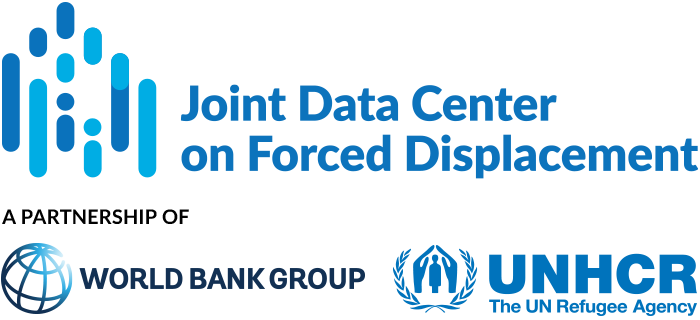This study examines the effects of settlements of internally displaced persons (IDPs) on vegetation cover in the Kas locality of Darfur, Sudan. The Kas locality is in the South Darfur state, around 86 kilometers northwest of the state capital, Nyala. The estimated population of IDPs in the Kas locality increased from between 35,000 to 40,000 in 2004 to more than 77,000 by 2020.
JDC Literature Review
Refugee settlements are highly exposed to extreme weather conditions
This article examines the exposure of refugee settlements to extreme weather conditions. Refugee settlements are often located in isolated and remote areas, with unfavorable land quality and harsh climates.
Cash transfers amid shocks: A large, one-time, unconditional cash transfer to refugees in Uganda has multidimensional benefits after 19 months
The article examines the effects of a substantial, one-off, unconditional cash transfer to refugee families in Uganda. Uganda hosts over 1.5 million refugees and asylum seekers.
Refugees and the education of host populations: Evidence from the Syrian inflow to Jordan
This paper examines the effect of Syrian refugees on the educational outcomes of Jordanian students. The focus is on the period after the mass arrival of Syrian refugees in Jordan, which began in early 2013. The government of Jordan allowed most school-age Syrians to attend public schools, resulting in Syrian students comprising approximately 7 percent of the total population in Jordanian public schools.
Labour market and redistributive consequences of the Syrian refugees in Turkey
This paper examines the impact of Syrian refugees on the labor market outcomes of Turkish nationals and how these effects are distributed across workers and regions. Prior to 2016, Syrian refugees did not have work permits and predominantly worked in the informal labor market, particularly in low-wage, labor-intensive sectors such as construction and agriculture. Even after work permits became available, they were limited in practice.
Understanding the Dynamics of Refugee Impact on Employment: Evidence from Northern Uganda
This paper explores the impact of refugees on local employment opportunities in Northern Uganda. Uganda hosts more than 1.5 million refugees, with around 1 million from South Sudan.
Why do states give refugees the right to work?
This article investigates why some low- and middle-income countries give refugees the right to work, while others do not. The authors disaggregate the right to work for refugees into the de jure right (rights in law) and the de facto right (rights in practice). They argue that the central government determines the de jure right to work, while local governments determine the de facto right to work.
Global Trends: Forced Displacement in 2023
The 2024 Global Trends report presents the most recent official statistics on refugees, asylum-seekers, internally displaced persons (IDPs), stateless people, and returned refugees for the year 2023. The data included in the report is sourced from governments, non-governmental organizations, and UNHCR.
Posttraumatic stress moderates return intentions: a factorial survey experiment with internally displaced persons in Nigeria
This article examines the effect of posttraumatic stress as a moderator on the decision-making process of internally displaced persons (IDPs) in Nigeria.
Prevalence and associated factors of common mental disorders among internally displaced people by armed conflict in Cabo Delgado, Mozambique: a cross-sectional community-based study
This study estimates the prevalence of post-traumatic stress disorder (PTSD), depression, and anxiety, and associated factors among armed conflict survivors in Cabo Delgado, in northern Mozambique. Mozambique hosts nearly 32,000 refugees and asylum-seekers, and more than one million IDPs displaced by violence perpetrated by non-state armed groups.


